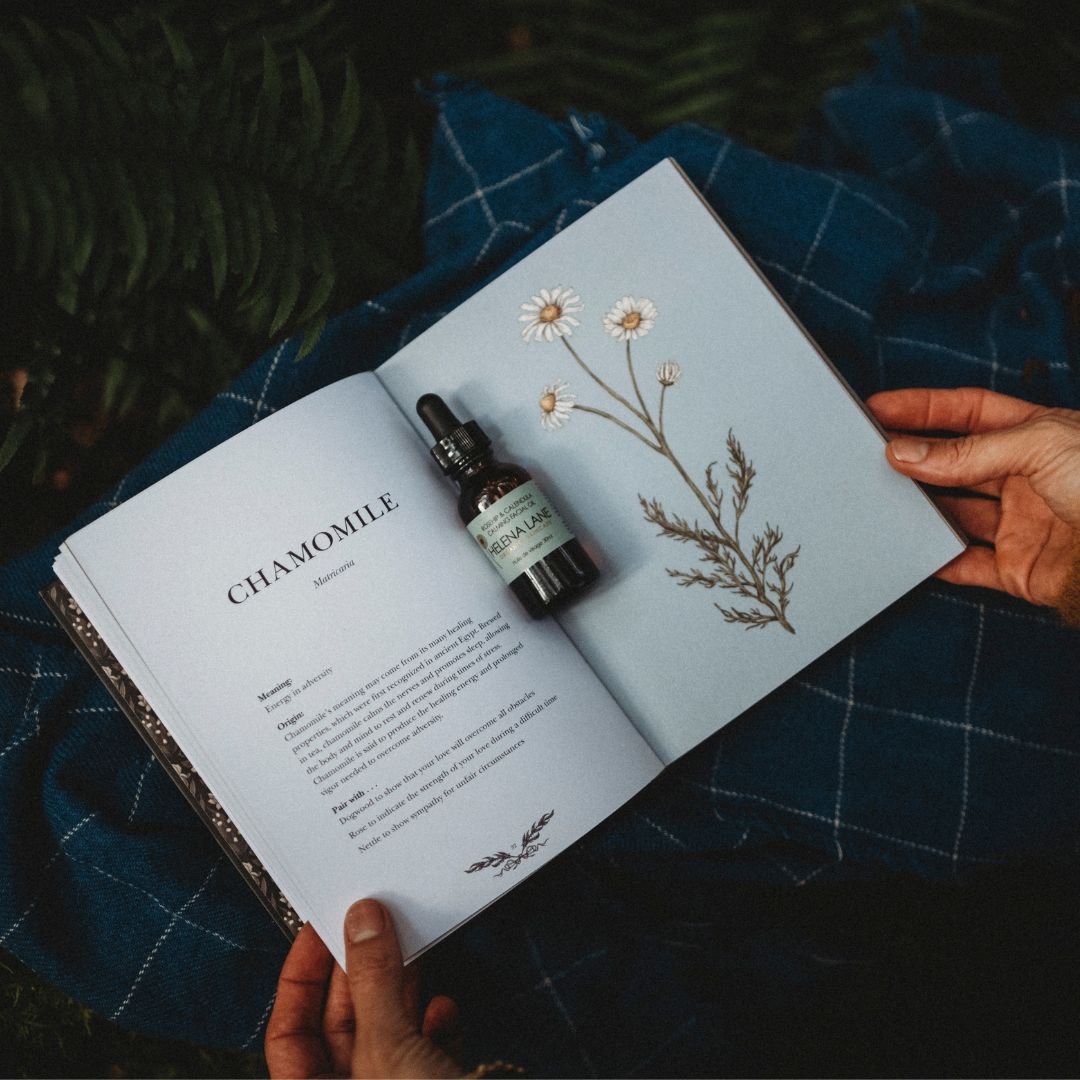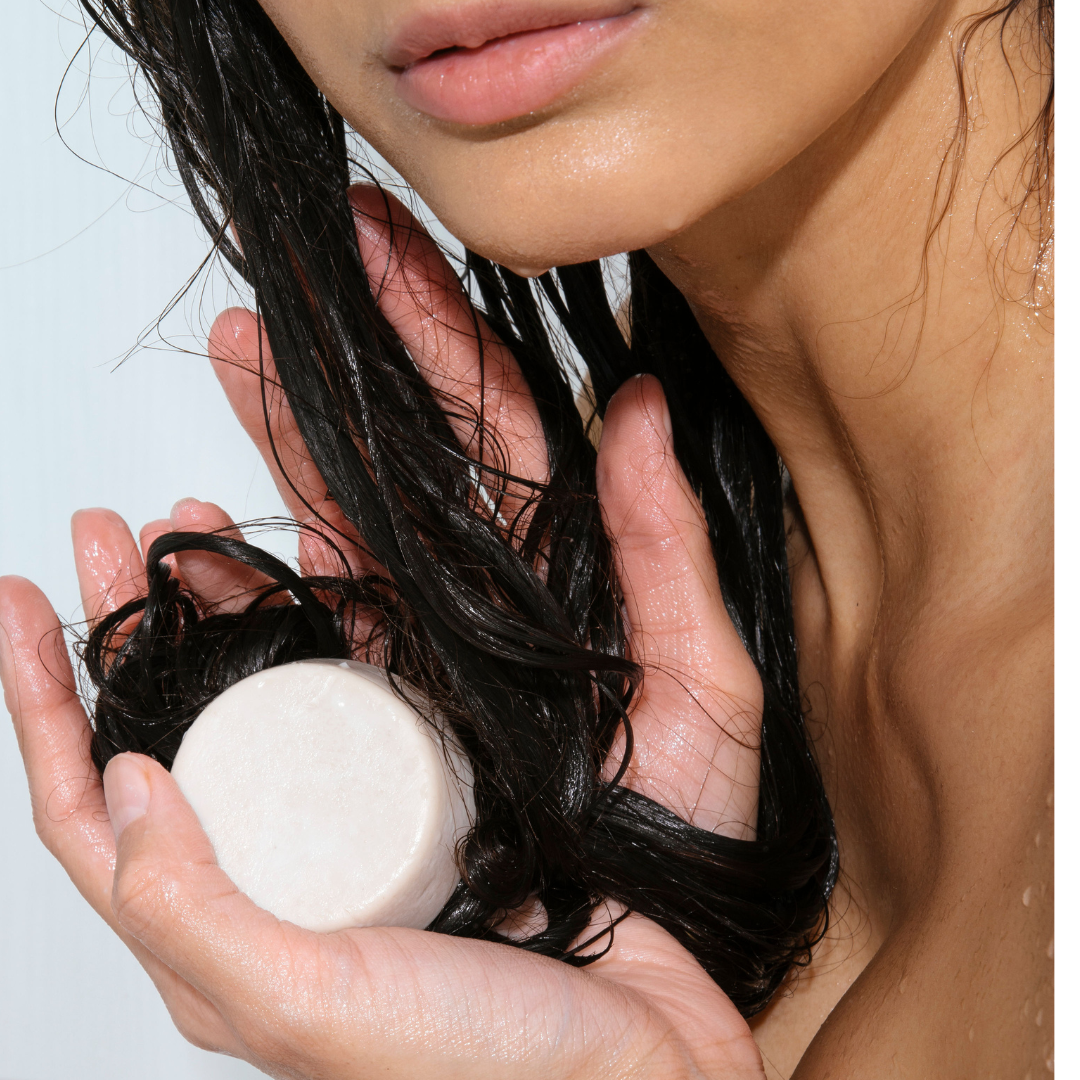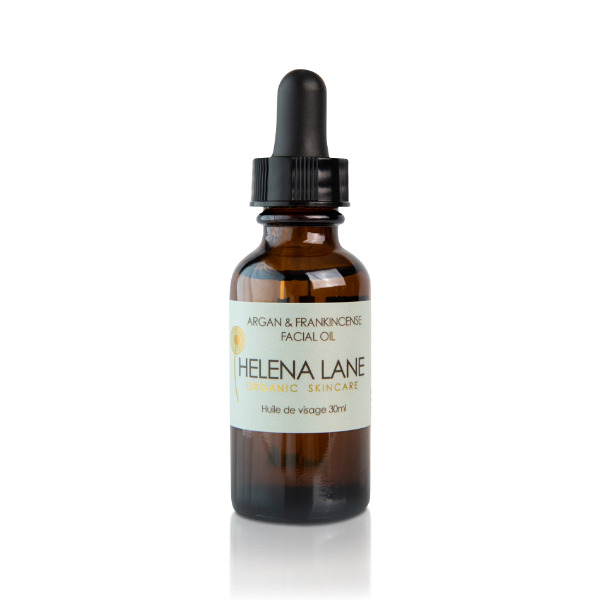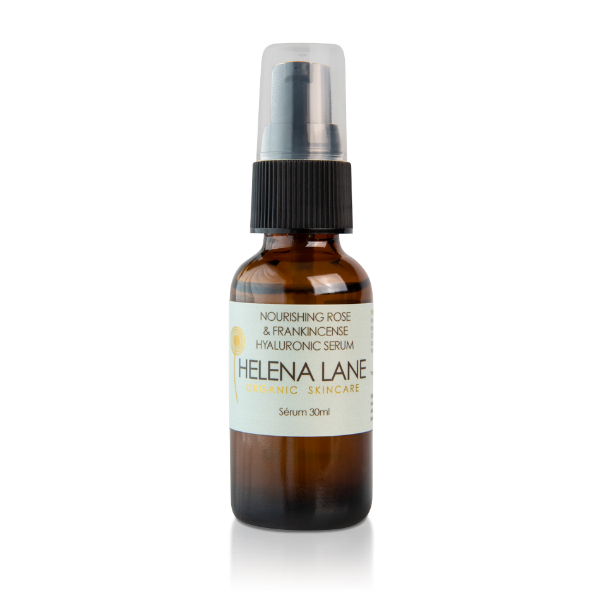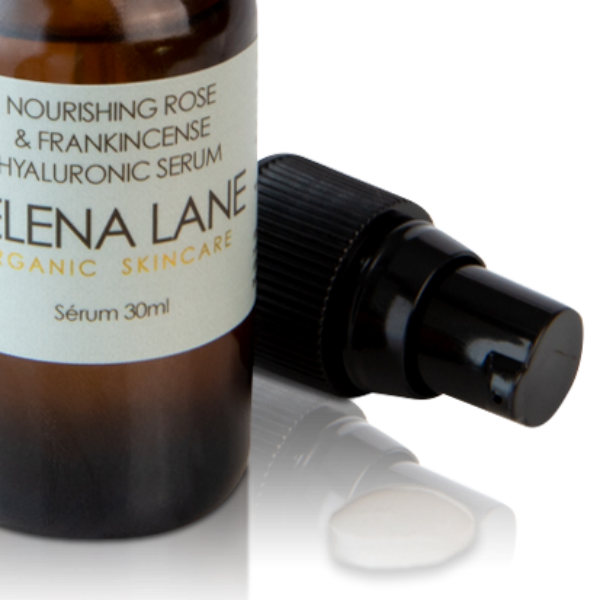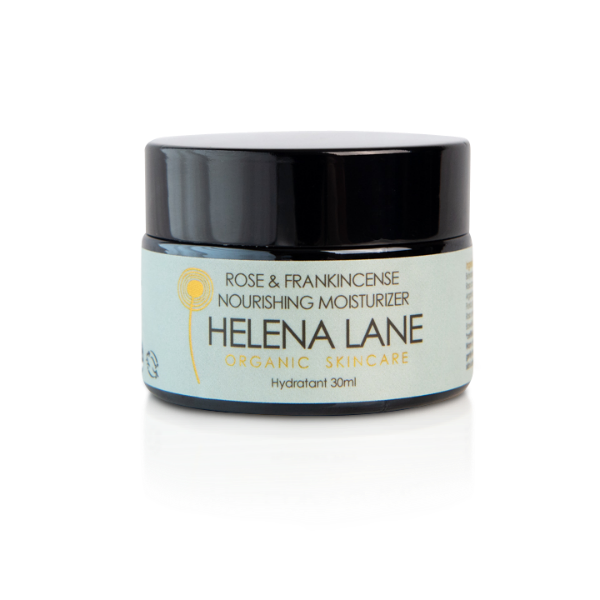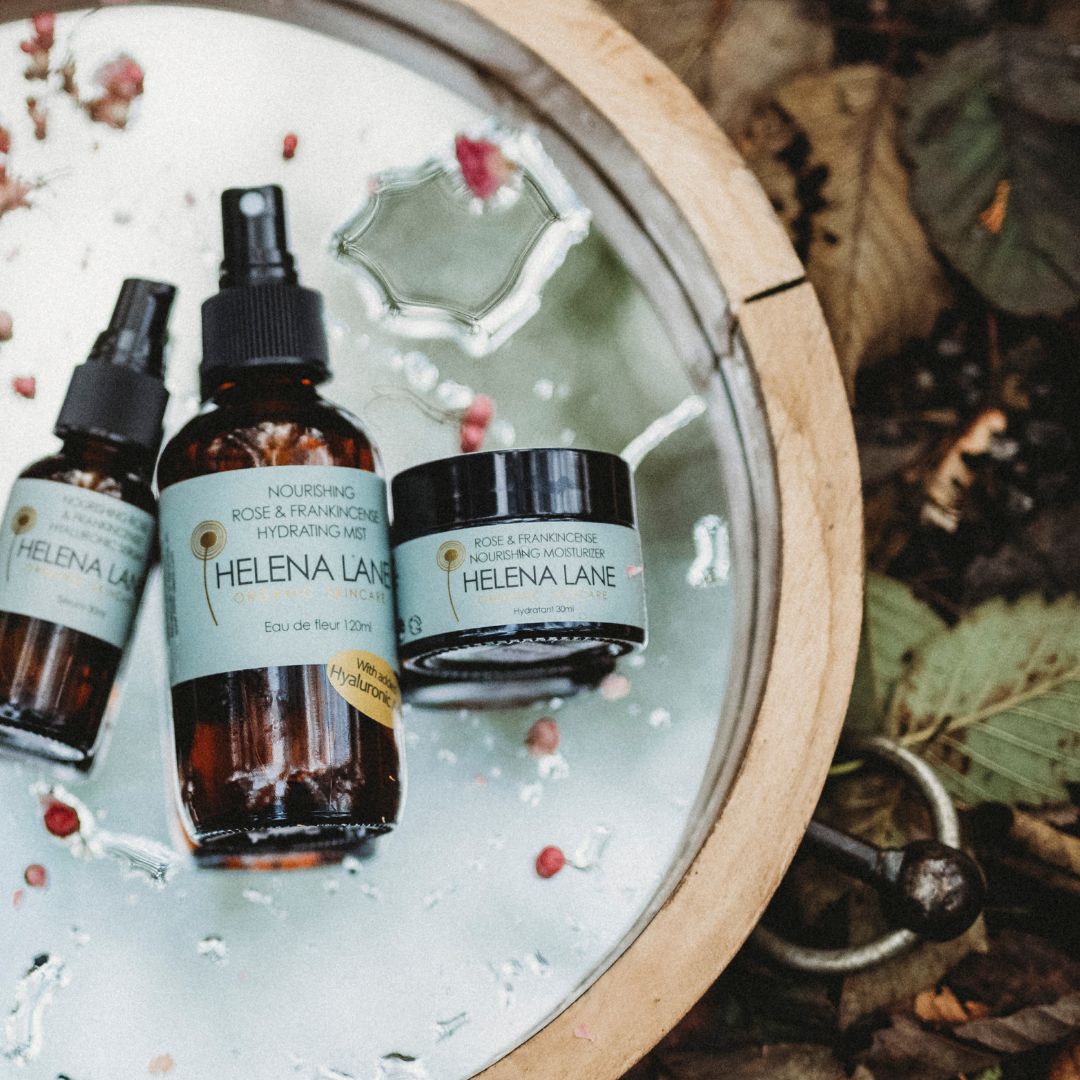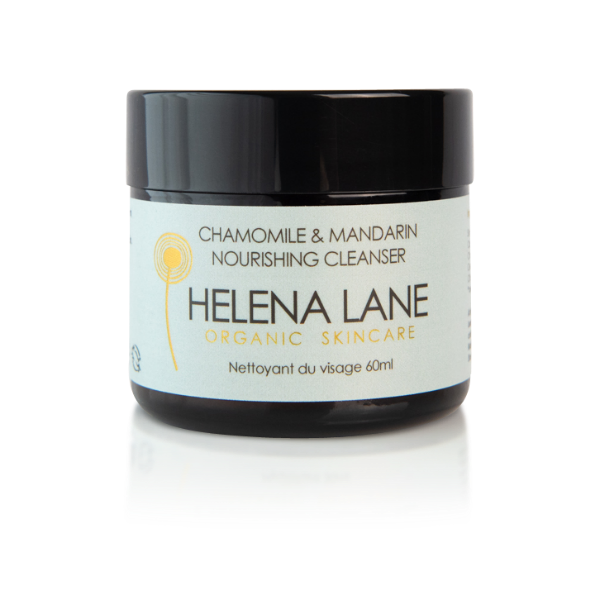
I love my copper still but it’s a big process to set up and clean away. I need to allow a full day to run it, which I don’t often have. This stove top method, using simple items from my kitchen, is quick to set up and only takes a couple of hours from start to finish (most of which is passive too!).
It won’t yield as much as my copper still but I also don’t need so much plant material so it’s easier that way too. It’s fast, simple and the results are magical so I really encourage you to have a go.
The best plants to use are common aromatic plants like mint, lemon balm, calendula, rosemary etc all of which are easy to grow. Also, you can forage for wild plants, my favourite at this time of year being elderflowers. Please be diligent in identifying plants properly and harvest responsibly.
(You can use dried herbals, but you will need to let the herbs soak for an hour or so first to rehydrate. I like to use fresh whenever possible though as I believe a lot of the plant’s “essence” is in the water in the plant which is lost when dried.)
Making Hydrosols at Home
You will need:
The biggest pot you have with a concave lid that seals tightly, a small glass bowl, another glass bowl or jug to collect the hydrosol, ice, water and plant material.
Step 1:
Place the small glass bowl upside down in the pot. This is to keep the collecting jug off the bottom. Place the jug on the bowl, and put the lid upside down on the pot. Make sure the lid handle is above the jug so the drips get collected.

Step 2:
Fill the pot with plant material and water (spring, filtered or distilled ideally) and water up to the top of the upside-down bowl.

Step 3:
Turn on the heat and bring to a gentle rolling boil, place a bag of ice on the lid (this will need to be replaced periodically).

Step 4:
I like to run it for about an hour, at this point all the aromatic compounds should be collected in the jug.

So, what’s happening? The plants aromatic compounds are being transferred into the water due to the heat and movement of the water. As the water boils it turns to steam and rises until it touches the cold lid, where it condenses back into a liquid. This liquid runs down the lid (hence the concave lid) to the handle and drips into the jug. This is your hydrosol.
What can you do with it?
Most plants will give a lovely scented multi-purpose hydrosol. You can try it neat as a facial spritz, body spray, room mister, or add some to the bath (I particularly love lemon balm for this). If you are 100% sure of the species of plant you can try drinking it too. You only need a teaspoon in a litre of water for wonderful results. Try lemon balm when stressed out or you can’t sleep, or mint or rose on a hot day. Oregano to fight illness, rosemary to enhance concentration.
If you intend to take them internally be sure to sterilize any containers the hydrosol will touch and start with tiny amounts, they are very concentrated! Do your own research before giving to children.
I absolutely love these aromatic waters but they can be hard to buy, this way you get the freshest product and you get to experience the joy of making them yourself.
Have a go and let me know what you make!
PIN THIS:


